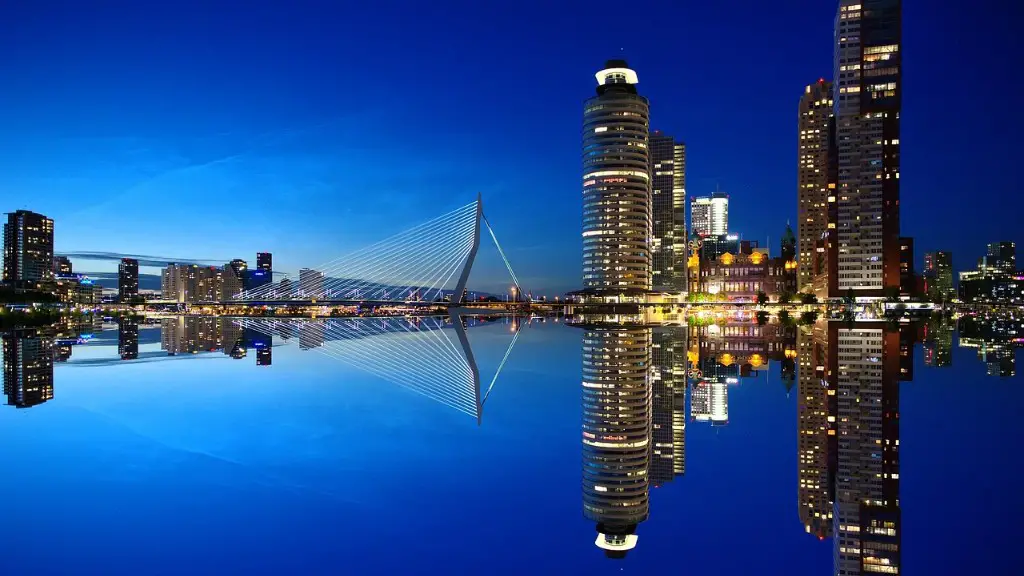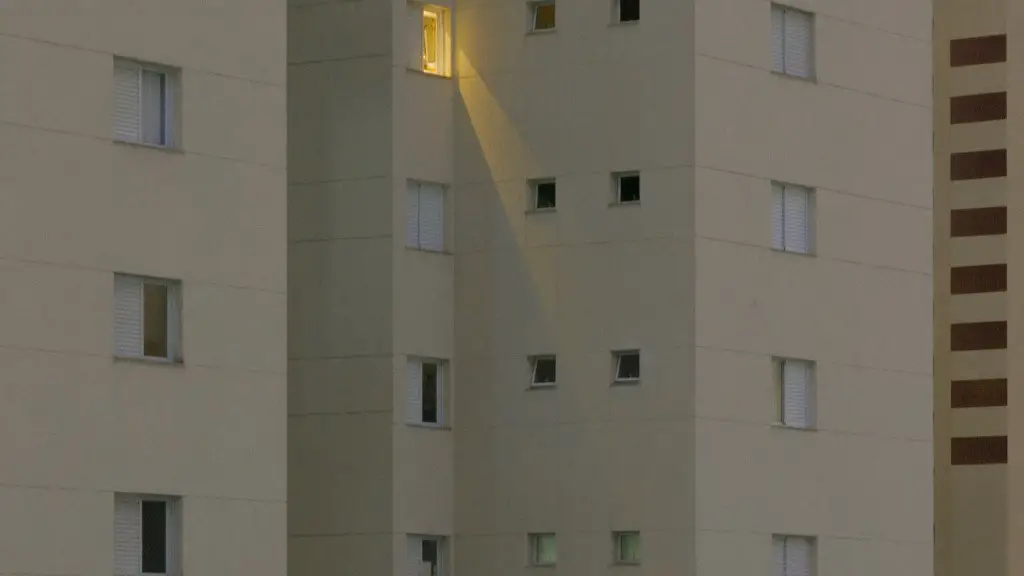What Is Green Architecture Design?
Green architecture design is an approach to designing and building structures that utilise renewable energy resources, reduce energy consumption and minimise environmental damage. It is focused on creating environmentally sustainable solutions for architecture, engineering, construction and operational processes. A key benefit of green architecture is that it can reduce the cost of energy, water and waste management, while improving the health and safety of occupants.
Green architecture design tries to address the issues such as climate change, pollution and energy consumption by incorporating energy efficient and sustainable building techniques. These techniques may include using recyclable, renewable and low-impact materials, installing energy-efficient appliances and lighting, maximising natural daylighting and natural ventilation, utilising eco-friendly construction techniques, and using renewable sources of energy such as solar, wind, geothermal and hydropower.
Green architecture can be seen in many different forms, from small-scale retrofits such as adding solar panels to existing buildings, to the construction of entire green neighbourhoods and communities. Green architecture design is not just about meeting the needs of people today, but also about investing in the future — ensuring that our buildings and cities are designed to reduce energy consumption and waste, creating healthy and comfortable living environments.
When designing green architecture, professionals strive to reduce the strain on the environment and are always mindful of sustainability. They do this by using materials and processes with minimal environmental impact and reducing energy consumption. To achieve these objectives, architects and engineers look at every aspect of a project, from material selection and construction methods, to heating, cooling and lighting systems, water and waste management, and ventilation systems.
Green architecture is a complex and multidisciplinary field which draws on the expertise of specialists from a wide range of disciplines, such as architects, engineers, and environmental scientists. Every project should be assessed individually and the green design solutions should be tailored to the specific needs of the site and the intended use.
Choosing The Right Materials For Green Architecture
One of the most important aspects of green architecture is choosing the right materials. Sustainable, long-lasting and durable materials, such as local, reclaimed or recyclable materials, should be used to reduce the environmental impact of the project, as well as to minimise energy consumption and waste. For example, materials like wood, stone, insulated panels, cork, and glass can be used in place of plastics, which require more energy to manufacture.
Green roofs and walls provide many benefits, such as improved thermal efficiency and rainwater management, as well as aesthetic appeal. They are made up of layers of soil, drainage, vegetation and other components. Green roofs and walls can reduce energy consumption, create habitats for wildlife, reduce air and noise pollution, and offer a number of other benefits.
Green architecture also involves the use of technologies to reduce energy consumption, such as high-efficiency heating, ventilation and air conditioning (HVAC) systems. These systems utilise energy capture and storage technologies to reduce energy consumption. Energy efficient lighting can also reduce energy consumption and contribute to healthier living environments for occupants.
Smart Planning For Green Architecture
Smart planning is essential for green architecture design. It is important to consider the site’s orientation, design, landscaping and topography, so that the building can take advantage of natural wind, light, solar and thermal patterns. Designing for passive heating and cooling, and passive shading and ventilation systems can also help reduce energy consumption.
When it comes to planning, architects should take into account the needs of occupants, such as accessibility, health and safety. Designing for a walkable neighbourhood can reduce the reliance on cars, which can significantly reduce greenhouse gas emissions. Green architecture also often incorporates green spaces such as parks and gardens, as they can provide recreational and wellness benefits, as well as improve air quality.
Green architecture should also strive to be flexible and adaptable, so that it can respond to changing needs and requirements. For example, green roofs and walls can be designed to be modifiable and reconfigurable, so that they can be adapted for new uses or technologies.
Greenwashing in Architecture
Green architecture should not be confused with ‘greenwashing’, which is when a building or product is marketed as ‘green’, yet it does not offer any tangible benefits or environmental improvements. Architects should strive to use quality materials, proven technologies, and energy efficient designs to create green architecture.
The intention of green architecture is to create energy efficient, low impact and environmentally sustainable built environments. Green architecture should be seen as an investment in the future, as it reduces energy consumption, increases occupant health and wellbeing, and safeguards the environment.
Environmental Certification For Green Buildings
Due to the complexity of green architecture design, there are a number of organisations and programmes which provide guidance and certification. These programmes can help architects determine which designs and technologies are the most sustainable and environmentally friendly, as well as support the building’s certification process.
Leading programmes include the International Living Future Institute’s Living Building Challenge (LBC), the US Green Building Council’s Leadership in Energy and Environmental Design (LEED), and the UK-based BREEAM (Building Research Establishment Environmental Assessment Method). These organisations and programmes provide guidelines, resources and support for green architecture design and certification.
Developments in Green Architecture
In recent years, there has been an increase in green architecture projects, as more people become aware of the environmental and health benefits of these designs. New technologies, materials and design solutions are being developed every day, and these can be used to create sustainable and energy efficient built environments.
While green architecture may require more initial investment, in the long run it can have a positive effect on the environment, as well as reducing energy costs and bringing health and wellbeing benefits to the occupants. Green architecture design has the potential to shape our future cities, and create more sustainable, liveable and energy efficient built environments.
Green Architecture for New Buildings andRenovations
Green architecture can be applied to both new and existing buildings. Retrofitting existing buildings with energy efficient systems and sustainable materials can often improve their energy efficiency and provide a healthier environment for occupants. For new buildings, sustainable design and construction methods should be incorporated from the outset. Designing for green architecture requires a certain level of understanding of green technologies and materials as well as an ability to think beyond the traditional design solutions.
Workplaces in particular should seek to implement green architecture design principles, as this could make them more attractive to potential employees and reduce their energy costs. In addition, green architecture designs can be implemented in the retail sector, where they can provide a more pleasant and sustainable shopping experience.
The Benefits of Investing InGreen Architecture
Green architecture can bring a number of benefits both to the environment, as well as its occupants. It can reduce energy consumption, improve air quality and water conservation, and create healthier living environments for occupants. It can also reduce the cost of energy and waste management, as well as improve the appearance of the built environment.
Green architecture can also provide economic benefits. These may include the creation of green jobs, as well as the economic impacts through tax revenue and increased property values. Investing in green architecture can also help countries meet their environmental goals, as well as support their transition to a low-carbon economy.
Overall, green architecture design should be seen as an investment in the future — one that not only helps reduce our environmental impact, but also contributes to the health and wellbeing of all inhabitants.





